Built near a stone church on the Costa del Garraf. But at the end of the last century, this small town - about 20,000 people - turned into one of the most popular youth resorts in the world, became the "Spanish St. Tropez", a "party" place where all kinds of cultural events and festivals are held all year round. At the same time, the old narrow streets of Sitges have not lost their original charm, and we invite you to stroll along them.
City `s history
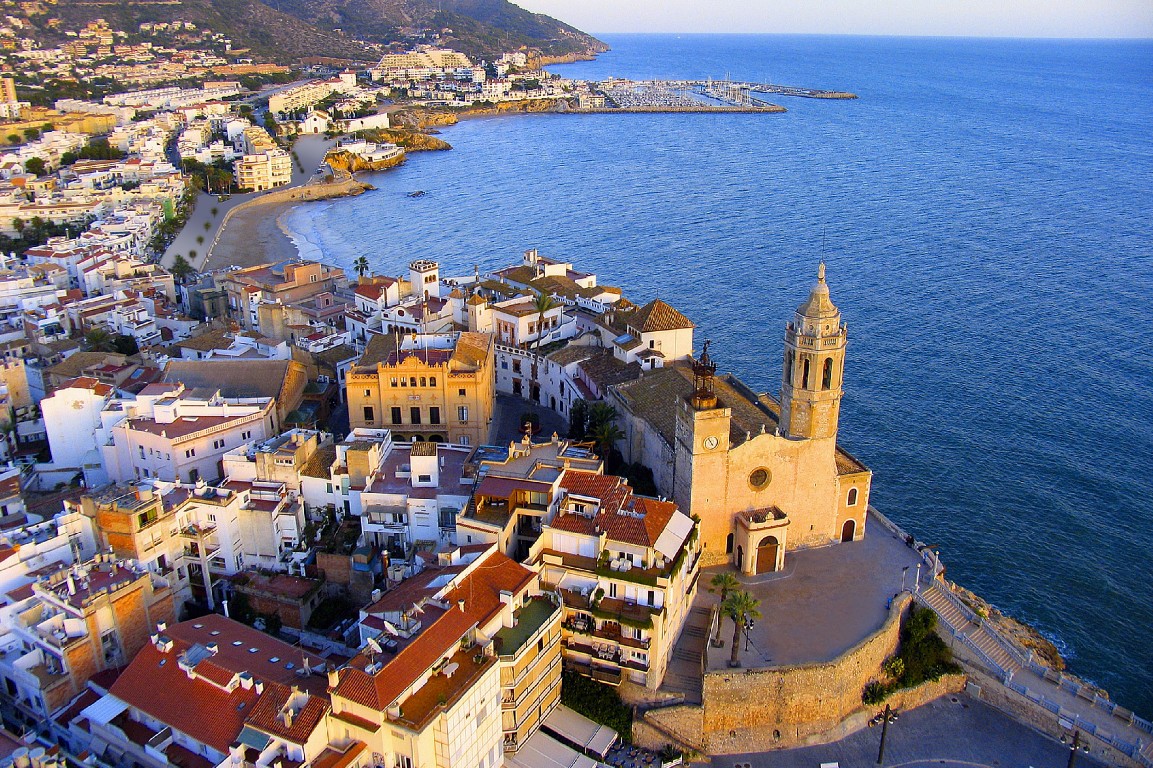
Sitges, a world famous Mediterranean resort, is located about 30 minutes by car or commuter train from Barcelona. Sitges is one of the oldest cities in Spain, not counting the Roman villas, in the 4th century AD there were Iberian settlements here. In the 12th century, the village existed under the control of the Sitges family, who gave the village its name.
In the Middle Ages, a castle was built on the hill of Punta (in the century before last, a town hall was erected in its place), three towers located in different parts of the town, and the chapel of La Trinidad de Sitges, which has survived to this day. The life of the settlers of those times took place around Baluard Hill, which served as a city wall that protected from land.
In the 18th century, some of the inhabitants of Sitges left and established colonies on the west coast of the Gulf of Cadiz, as fishing was better there and trade with America was carried out from the west. It is curious that Catalan surnames and words are still found in those parts - this is the legacy of the settlers of those times. In those days, Malvasia grapes were planted in the vicinity of Sitges, which is still the basis for the famous Malvasía de Sitges wine.
Modernity

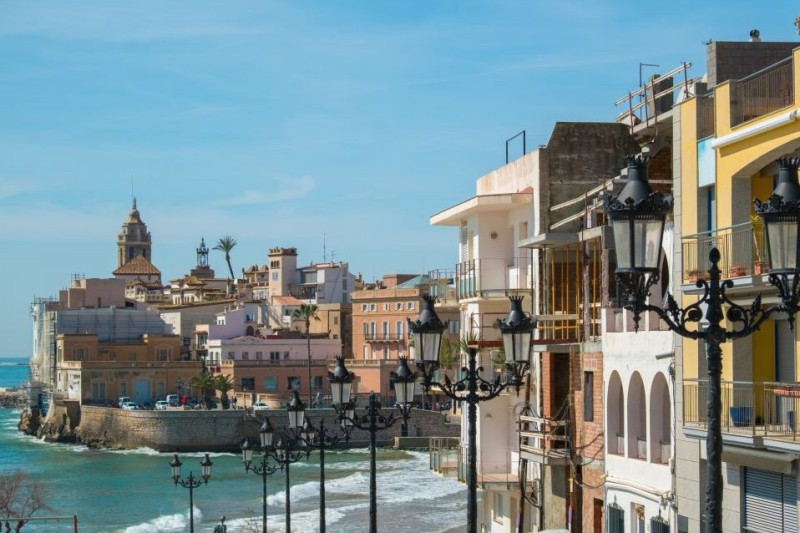
Today, this small town is considered one of the most important ports in the Mediterranean. Three marinas are located on the coast here at once: Puerto de Ginesta, Garraf and Aiguadolç. But, in addition to trade and fishing, most of the city's economy is, of course, tourism.
The town is so attractive for tourists that wealthy Europeans and Americans at the end of the last century began to buy real estate there. As a result, since February 2008, Sitges has become one of the most expensive cities in Spain based on the cost of buying a home. Unfortunately, the prices were too high for the young people born in the city, and the natives were forced to move to other places. So today, a huge part of the population of the town are foreign expats, who are attracted to the beaches, nightlife and attractions in this coastal town.
Beaches
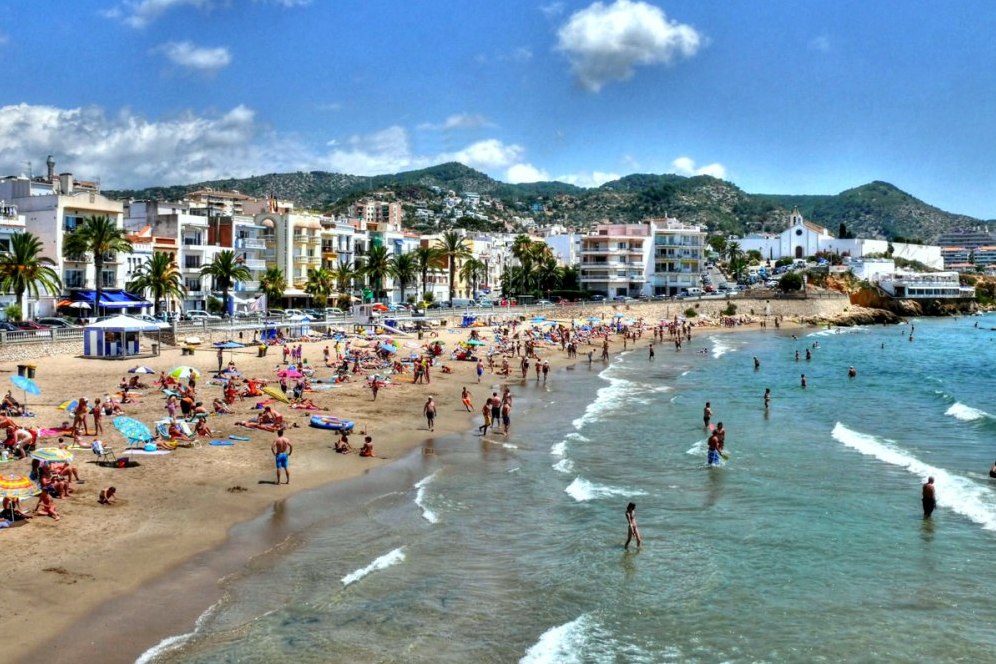
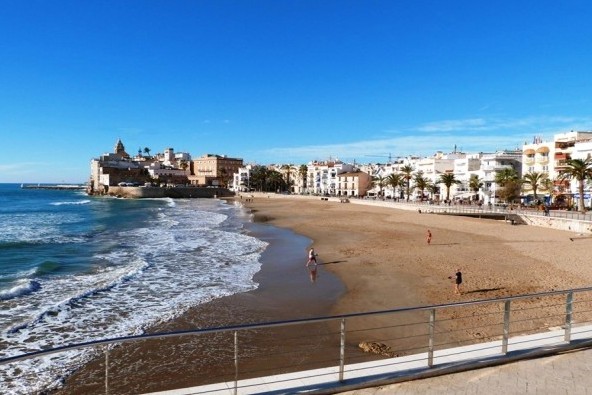
According to the New York Times columnist, the best beach in Europe is San Sebastian in Sitges. In Sitges, the weather is almost always good, there are about 300 sunny days a year, and the average annual temperature is 26-28 degrees Celsius.
In total, there are 11 beaches in the town and its environs, which are kept in perfect cleanliness and equipped with everything necessary for a pleasant stay. Almost all the beaches in the city have a blue flag, which means the quality of service and the fact that the water meets high quality standards and is suitable for safe swimming.
In addition to crowded city beaches, secluded bays can be found outside the city, and there is also a nudist beach and a gay beach in the vicinity, because Sitges is considered the Spanish capital of people of non-traditional sexual orientation. This should be taken into account when planning a trip - many establishments in the city are marked as intended for gays, and if you wish, you can either avoid them or, conversely, choose.
Holidays, festivals and nightlife

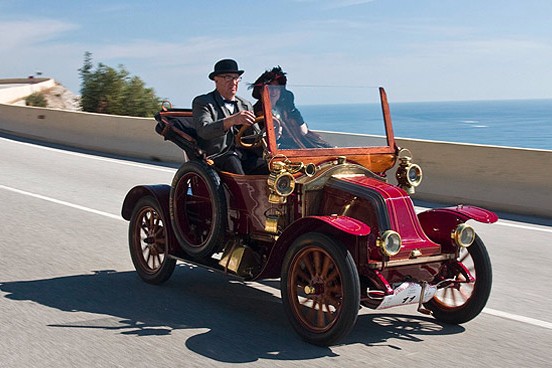
After swimming, tourists demand spectacles, and in this respect Sitges is truly a city where it is never boring. The surrounding Garraf mountain range protects it and allows you to enjoy outdoor activities all year round. One festival flows into another, the carnival replaces the parade, and all this attracts many celebrities to the city.
In February, Sitges hosts a gay pride parade, in March-April - a run of vintage cars of the Barcelona-Sitges rally, in late spring and summer, flower and theater festivals, in August and September, weekly fiestas are held dedicated to various patrons of the city, harvesting, folklore festivals .
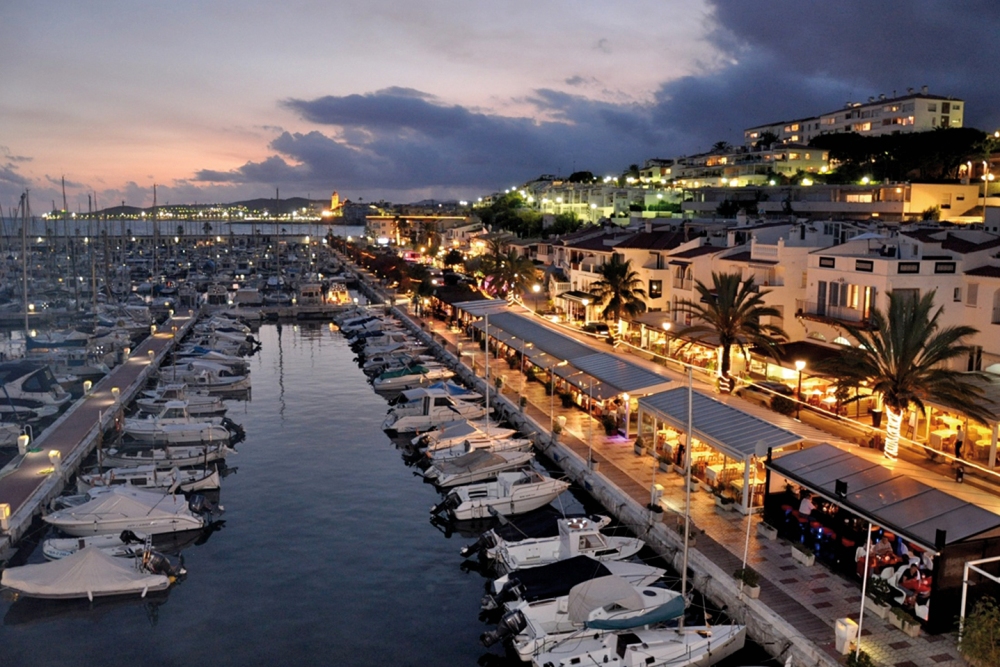
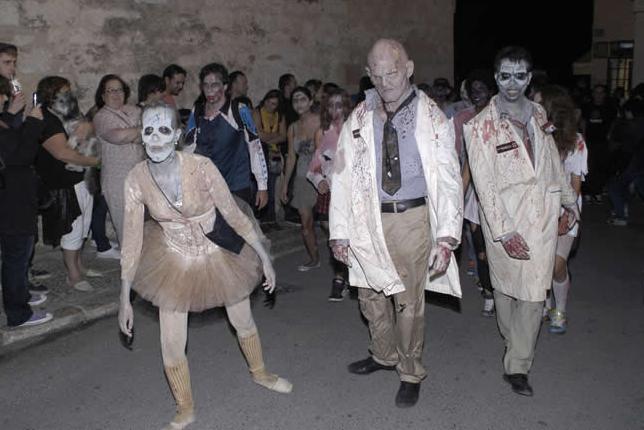
From October 7 to October 16, 2016 in Sitges is the time of the annual International Fantastic Film Festival, this serious event attracts venerable directors and famous actors to the city.
At night, music does not stop on the main streets until the morning - it is here that the most famous discos and nightclubs of the city are located. The best of them are the club of the legendary Pacha network (there are branches in many cities in Spain, including Ibiza) and Atlantida, a disco on the beach.
During the summer months, music and sports events take place on the streets almost every evening, so the fun will overtake any tourist.
sights


Despite the fact that the city is full of events, roaring music and crowds of tourists, there are also many romantic and secluded places - narrow streets and small verandas invite contemplation and leisurely conversation, and the safety and friendliness of the staff make holidays with children enjoyable. the museums of Sitges are much cheaper and will encourage you to actually go around them all. From children under 12 years of age, no entry fee is charged.
Gastronomy
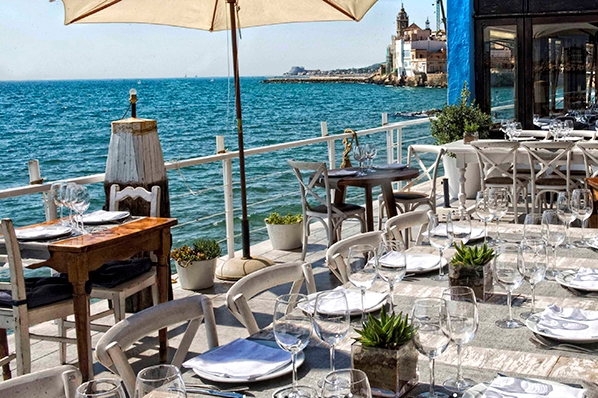

So, in the city of Sitges, you can comfortably lie down on the best beach in Europe, visit a film festival, dance until the morning at popular discos, visit a museum, look into a church and, finally, find time for a snack. Sitges is said to have the best paella. Like it or not, every tourist decides, especially since the choice of places for tasting is huge: from luxurious restaurants like Acqua, Alfresco, El Vivero, Maricel to quiet street cafes.
